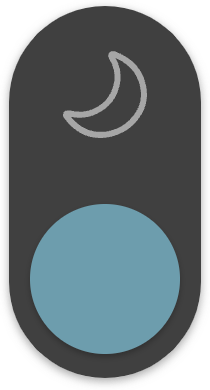
From early December to April, the best time for skiing arrives, with Japan and South Korea being popular destinations for Hong Kong residents.
If you're a skiing beginner, you might wonder whether to rent or buy ski gear. Here's a guide to help you understand the essentials and make informed decisions.
Do You Need to Buy Equipment?
It depends on whether it's your first time skiing and if you plan to ski frequently in the future. For basic clothing like thermal underwear, long socks, hoods, and masks, you can rent other ski gear such as skis, boots, and goggles at the ski resort without the need to invest heavily. However, if you're concerned about hygiene or plan on skiing often, buying your own gear can be more cost-effective. Renting often has limited options and sizes while owning the right equipment can enhance your stability and skills.

Essential Ski Gear
1. Ski Jacket:
Key features include waterproofing, breathability, and warmth. Most ski jackets come with a snow skirt to prevent snow from getting inside when you fall.
2. Ski Pants:
Different from regular pants, ski pants typically have thicker fabric near the ankles to reduce wear and tear. They often include an inner layer with elastic to keep snow out of your boots.
3. Thermal Underwear:
Moisture-wicking thermal underwear is essential for warmth in cold conditions. It helps reduce bulkiness, improving mobility.
4. Ski Boots:
Available in two types: alpine (hard) and snowboard (soft). Alpine boots are more protective but can be less comfortable. It’s advisable to get boots with removable liners for easy drying.
5. Ski Poles:
Used for balance and propulsion, ski poles help stabilize your body and establish a rhythm while skiing. Carbon poles are durable and affordable for casual skiers.
6. Skis:
Skis come in two varieties: snowboards (for side-facing riding) and alpine skis (for forward riding). Beginners are often advised to start with alpine skis for easier balance and control.
7. Face Mask:
Protects against wind and frostbite, keeping your face warm and shielded from snow.
8. Ski Gloves:
Look for waterproof, insulated gloves to protect your hands from cold and potential injury. Longer styles with elastic cuffs provide better insulation.
9. Ski Socks:
Made from a blend of wool and moisture-wicking fibers, ski socks offer better insulation and breathability. They should extend above the ski boots to prevent chafing and discomfort.
10. Helmet:
Essential for safety, a helmet protects against falls and collisions. Adjustable options for adults and children are available, and many resorts offer rentals.
11. Goggles:
Protect your eyes from UV rays and wind. They should fit well and have anti-fog features. Opt for goggles designed for Asian facial structures for better comfort.
12. Additional Protective Gear:
Beginners may benefit from wrist guards, knee pads, elbow pads, or hip protectors to minimize injury risks during falls.
Whether you choose to rent or buy your ski equipment, ensure you have the essential gear to enjoy a safe and fun skiing experience. Happy skiing!

Related News:
OMG | Velvet flower: Life of prosperity
HK sends record-breaking team of 74 athletes to Asian Winter Games 2025, debuts in curling




















Comment